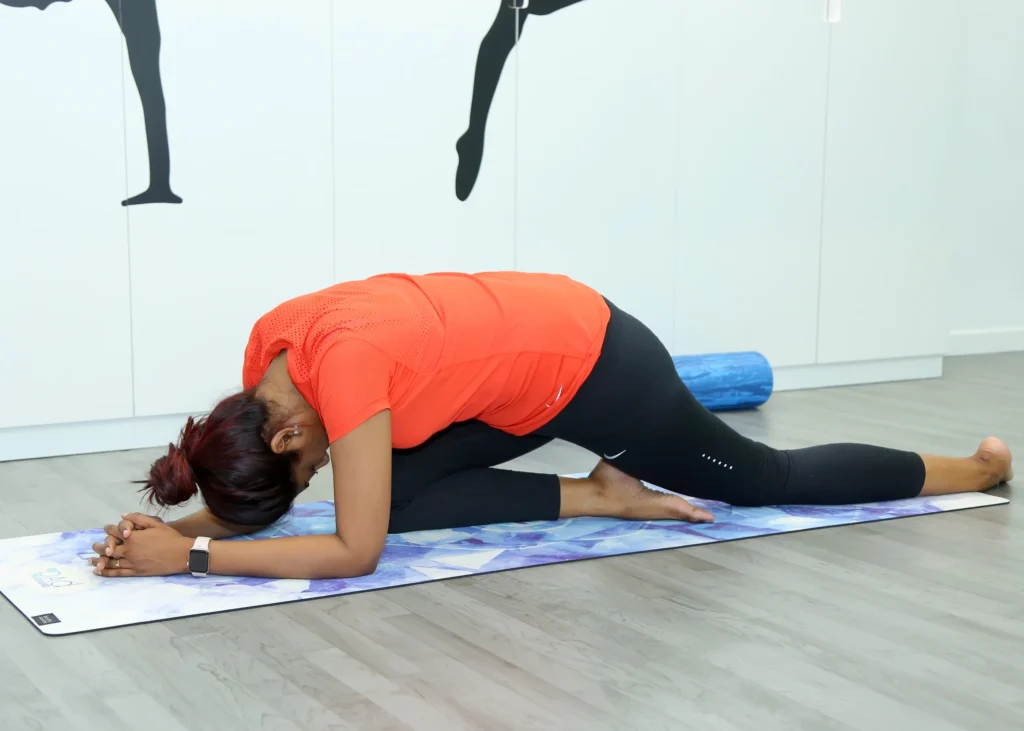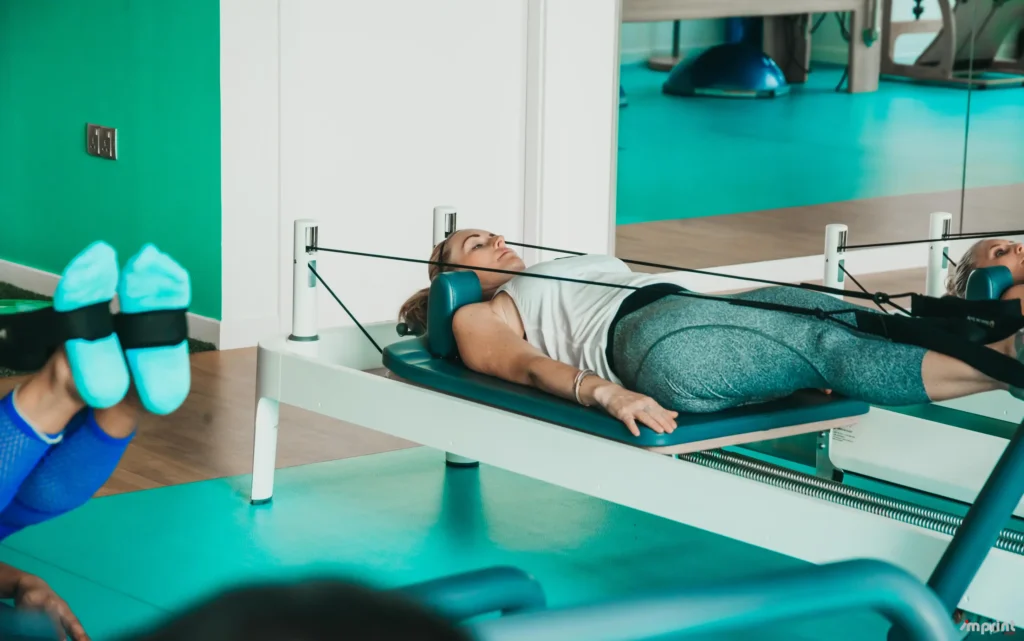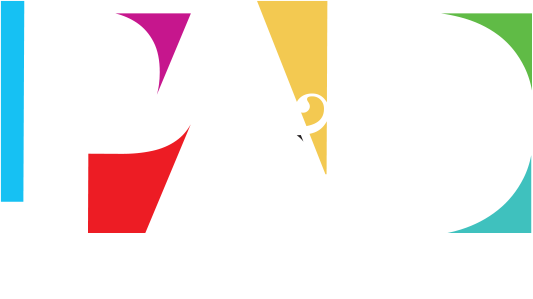If you asked someone what the best low impact exercise is, chances are that they will recommend Pilates. Developed by Joseph Pilates, this physical fitness system is extensively practiced in all parts of the world. There are many different apparatuses and disciplines that can be found in a Pilates studio such as Cadillac, Tower, Chair, Mat, Reformer, etc. Out of these, the Mat and Reformer Pilates versions are the most “in-vogue” disciplines of Pilates. The popularity of these has been further accentuated by the rise of a number of Mat as well as Reformer studios in the past decade or so.
So what exactly is Mat Pilates and Reformer Pilates, and what do they entail?
THE MAT

Consisting of 34 exercises in all, The Mat forms the foundation of Pilates. Almost all the skills developed by doing the general Pilates can be further refined by doing the Mat work. You don’t need to invest in any special equipment for this. All you need is proper guidance and a soft mat for support.
The best part about Mat work is that it can be done by people of almost all age groups. In case you are already involved in Yoga, you would already be using a mat to do your asanas. Hence, it can be pretty easy to switch over to Mat Pilates. But what seems simple at first might not be so straightforward after all.
Mat work is challenging in its own way. There is no equipment to help you push or pull your body weight. All you have is your body to use as resistance. Hence you should expect the learning curve to be steep (but rewarding at the end) as figure out the best possible ways to do each exercise rather than just making some weird postures.
A group of researchers conducted a study on 80 women who had just come out of there pregnancy. Out of these, 40 were made to attend a 30 minutes Pilates exercise session five times a week for eight consecutive weeks, while the second group performed no exercise at all. The study, which has been published in the Singapore Medical Journal found that the women who were made to do the Pilates exercises reported significantly lower levels of mental as well as physical fatigue. They were also much more energetic and motivated in general.
The Journal of Bodywork and Movement Therapies recently published a study by almost all of the same researchers and 80 women. This study found that besides improving the energy levels, Pilates also helped improve the quality of sleep in first-time mothers.
Now that it has been well established (both in this article as well as researchers in particular) that Pilates for new moms is highly beneficial, you can easily go for it. The PAD Fitness is one studio that has trained instructors who can individually assist expectant mothers so that they don’t overexert themselves.
But make sure you talk to your doctor or therapist first to assess your health and body conditions. Even as little as 15 or 30 minutes of Pilates a day can produce significantly higher energy levels and improved sleep, two things every new mother would want.
THE REFORMER

In the Reformer Pilates, you use a flatbed (called carriage) that lies on top of a wooden frame. You need to lie down on your back on this carriage, with your head supported by the headrest and the feet on the bar located at the end of the equipment.
Seems just like a good enough bed to sleep on, right? But wait till you lie down and notice the springs and pulleys located beneath the carriage do their job. These springs are what make the Reformer a pretty special form of exercise, one that aims to work out your muscles in a balanced way.
Unlike the Mat, the Reformer Pilates does require an initial investment in a good enough carriage to work out your body on. The exercises can sometimes be very gymnastic like, involving you standing on the carriage and balancing your body weight with just a single foot. This is precisely what also makes the Reformer an athletic but dangerous mode of exercise.
Even though the Mat and the Reformer Pilates are structurally and mechanically pretty different forms, they eventually fall under the one big category of Pilates. They might seem hard at first (like many other Pilates exercises) but once you get the hang of it, there is no going back.
Ultimately you don’t really need to essentially choose between the two. The PAD Fitness can provide you with high-quality equipment so that you can do both the kinds of Pilates with ease. Also, just as Joseph Pilates intended, you can combine both and see them work wonders on your body.
A group of researchers conducted a study on 80 women who had just come out of there pregnancy. Out of these, 40 were made to attend a 30 minutes Pilates exercise session five times a week for eight consecutive weeks, while the second group performed no exercise at all. The study, which has been published in the Singapore Medical Journal found that the women who were made to do the Pilates exercises reported significantly lower levels of mental as well as physical fatigue. They were also much more energetic and motivated in general.
The Journal of Bodywork and Movement Therapies recently published a study by almost all of the same researchers and 80 women. This study found that besides improving the energy levels, Pilates also helped improve the quality of sleep in first-time mothers.
Now that it has been well established (both in this article as well as researchers in particular) that Pilates for new moms is highly beneficial, you can easily go for it. The PAD Fitness is one studio that has trained instructors who can individually assist expectant mothers so that they don’t overexert themselves.
But make sure you talk to your doctor or therapist first to assess your health and body conditions. Even as little as 15 or 30 minutes of Pilates a day can produce significantly higher energy levels and improved sleep, two things every new mother would want.
